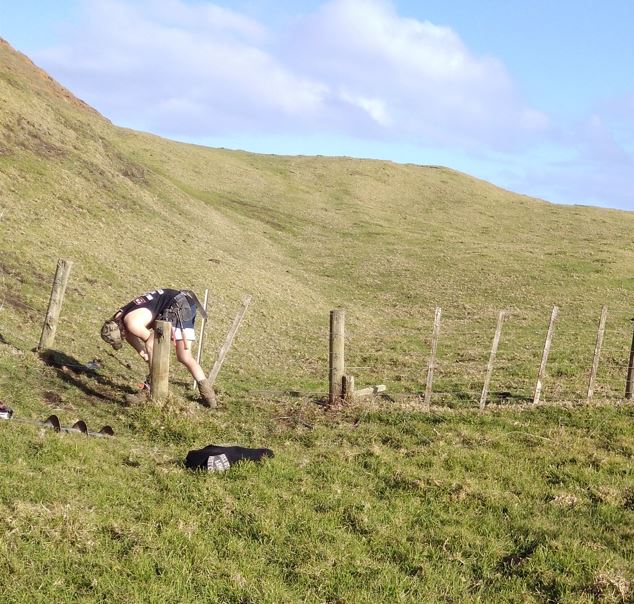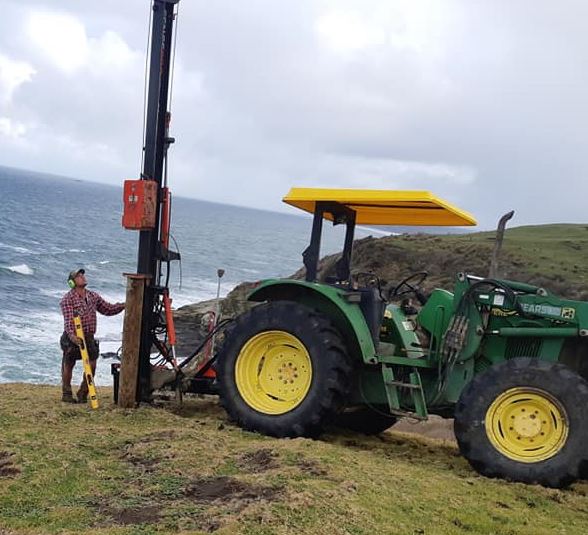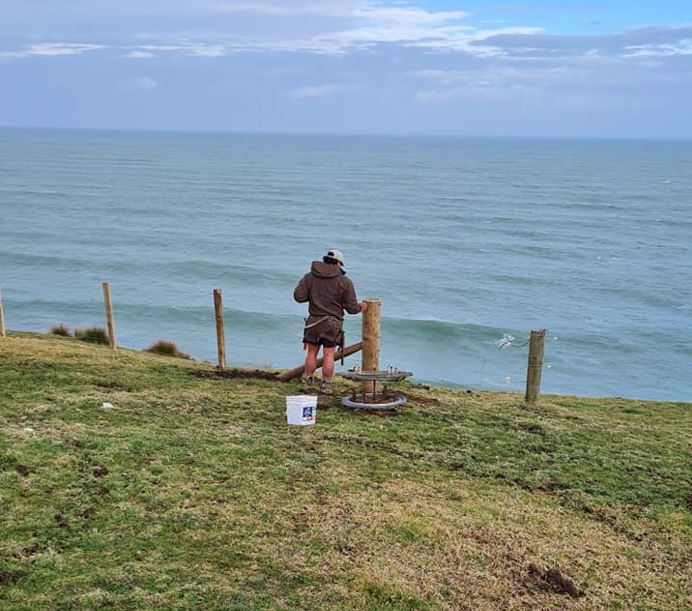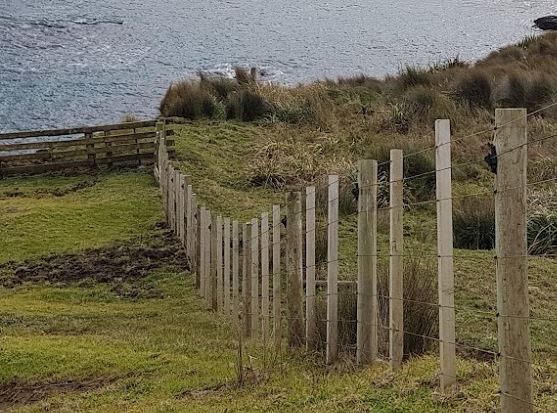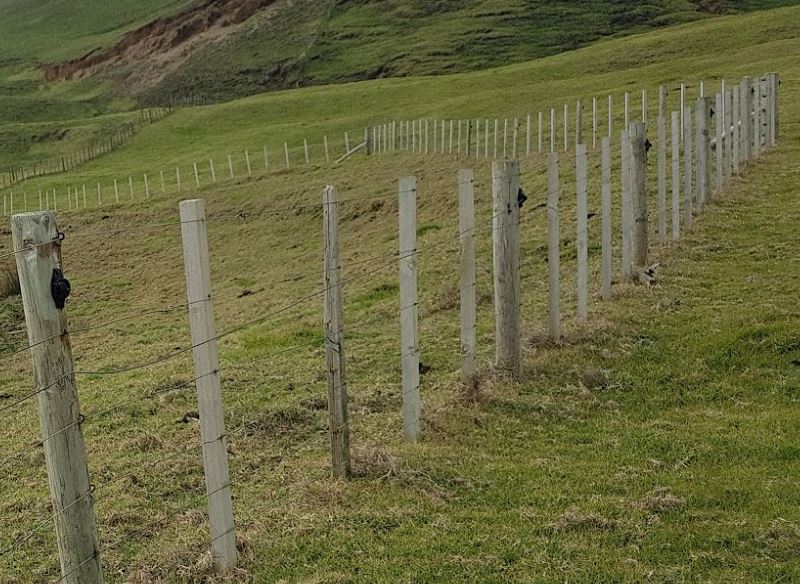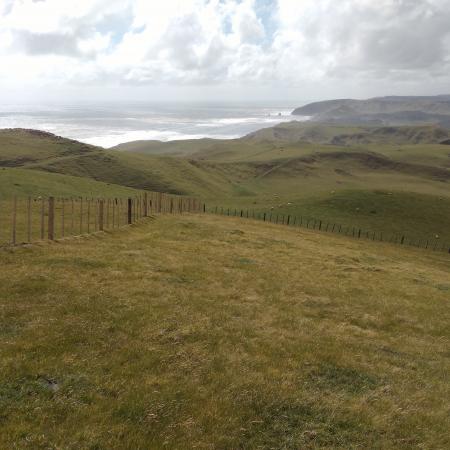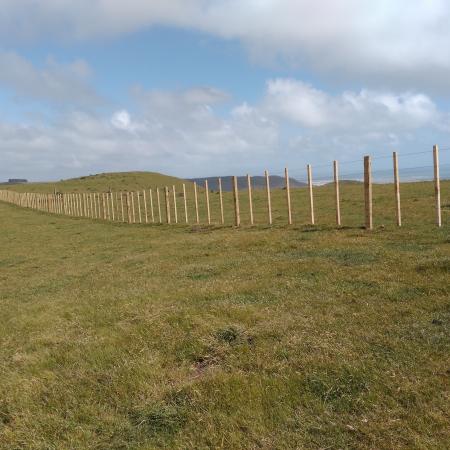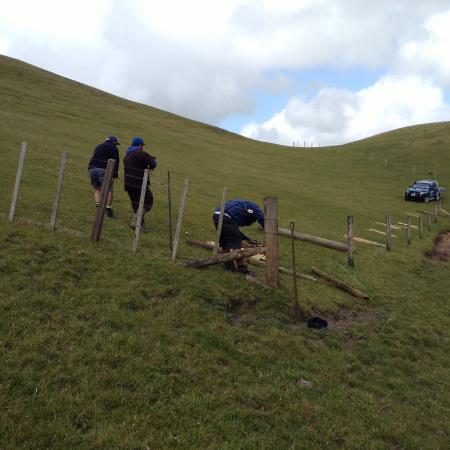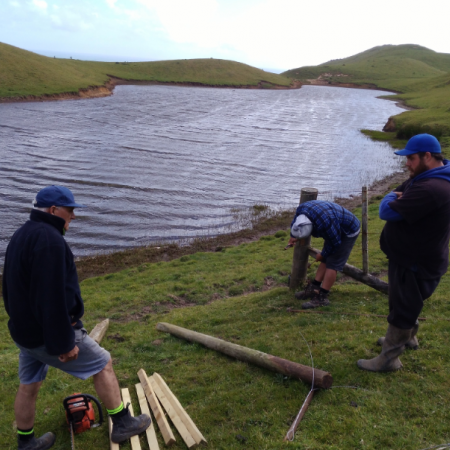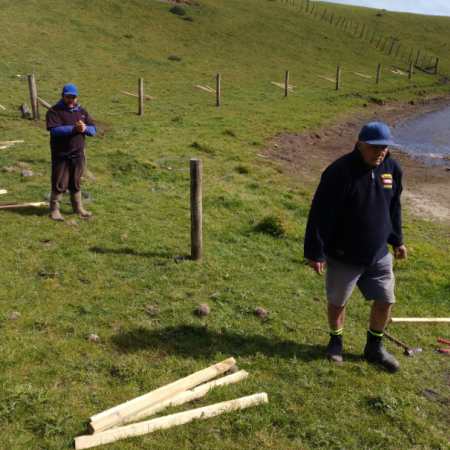Kaitiakitanga
Click on Our Direction for information about our key milestones and priorities for 2018-2021. In early October 2018, the trustees signed off on the first stage of a three year fencing programme. Stockproofing paddocks; native planting; clearing waterways and zoning off areas for reversion to native bush are works currently underway or scheduled for completion. These initiatives will improve stock management; pasture management; water quality; and protect the whenua from damage caused by overgrazing, feral animals, and erosion.
Timeline...
The Big Picture
August 2018
The trustees and farm staff looked at the overall fencing requirements of the farm for the next three years.
Above, an aerial view of the farm taken from Mussel Bed summit where farm staff and trustees consider the enormous
undertaking required to replace and erect new farm fences on the east, west, south and north areas of the farm.
Top Trig & Razorback (internal) fenceline
October 2018
The first stage of the fencing project was launched on 15th October 2018. The trustees awarded the contract to Lance Johnson (Fencing Contractor) to do the internal fencing on the farm's northern boundary.
Top left, farm staff removed fencelines and transported fencing equipment and materials to the fencing sites. From left
to right, the original fences were in a complete state of disrepair and were replaced with new conventional fences.
Lagoon & Knob (internal) fenceline
November 2018
Fencing contractors did extensive repairs to the conventional and electric fences on the Knob and Top Lagoon fenceline. As seen below, a fence was erected around the Lagoon foreshore and joined to the existing fenceline negating the need for floodgates.
Above left, Clefton Campbell and Lance Johnson undertaking repairs and maintenance on the fenceline.
Karaka's & Monument 'B' and Marshall's & Monument 'A' (internal) fencelines
November 2018
Above left, conventional fences were erected between Monument 'B' and Karaka's paddocks and replaced electric fences
on Monument 'A' and out to the coast.
Karaka's & Monument 'C' and Bottom Parker's 'B' (internal) fencelines
November 2018
Above left, new conventional fences and gates erected on Monument 'C', Bottom Parker's 'B' & Karaka's fencelines.
Karaka's & Marshall's (internal) fenceline
May 2019
The trustees awarded the contract to Quintin Whakataka (Anything Fencing Ltd) to stockproof protected areas and grazing pasture on the coast with conventional fencing.
Top left, Wilhelm Studer (trustee) meets Quintin Whakataka. From left to right, electric fences between Karaka's and
Marshall's replaced with conventional fences.
Mussel Bed (coastal) fenceline
May 2019
There is significant erosion and land movement occurring on the Mussel Bed paddock, it has not helped that the original fences were in a state of disrepair and not able to contain livestock. New fences have been erected around Mussel Bed to keep livestock and feral animals off the protected area. In an effort to stablise the soil and to allow native trees and shrubs to regenerate, the whenua will be retired from grazing and left to revert to native bush.
Above, new conventional fence erected between Mussel Bed and Marshall's fenceline.
Above, new conventional fence erected between Mussel Bed and Coast Lagoon fenceline.
Far Hay, Fort & South Ladder's boundary fenceline
This boundary fenceline starts off Pukerewa Rd opposite our native bush and stretches 1.2km out to the coast. The biggest problem facing the farm at that time was keeping neighbouring livestock and feral animals out and livestock in. As seen below, significant areas of the original fenceline were in a state of disrepair, given the importance these paddocks have to the beef operation, the trustees made repairing this fenceline a key priority.
August 2019
Hill Country fencing were available at short notice to undertake repairs and maintenance on this fenceline. Below far left, 250 metres of conventional fence was in reasonable condition requiring remedial repairs, however, heading out to the coast more extensive fence work was required in areas affected by coastal conditions, erosion and damage from feral animals and livestock. As a secondary defence, an outrigger was installed a metre off the fenceline on both properties, and powered by a solar energiser unit.
Above, the wetlands on the Fort coast forms part of the Nga Whenua Rahui protected area.

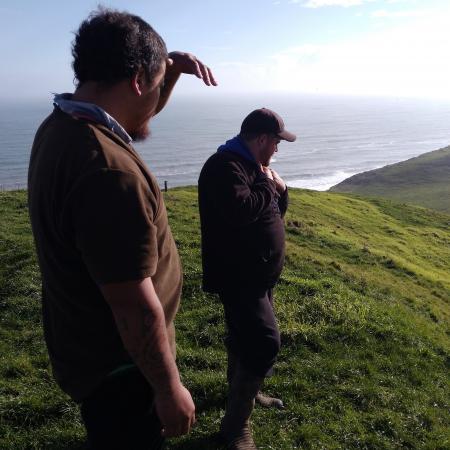
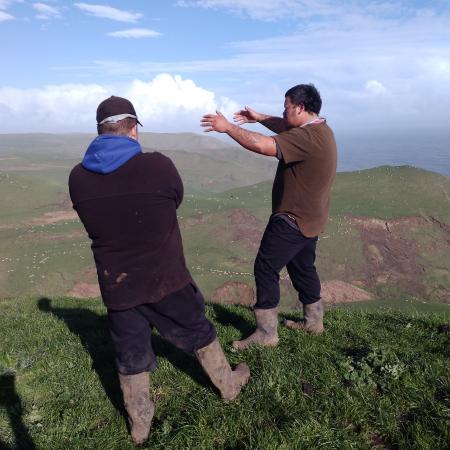
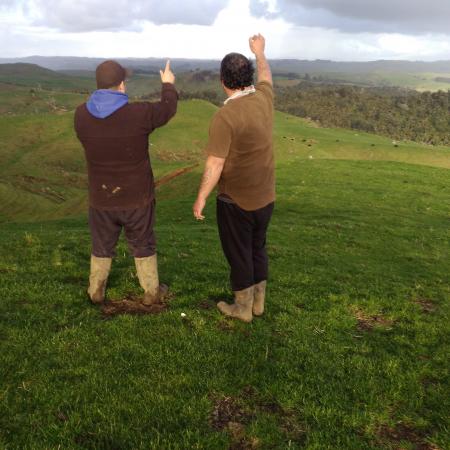
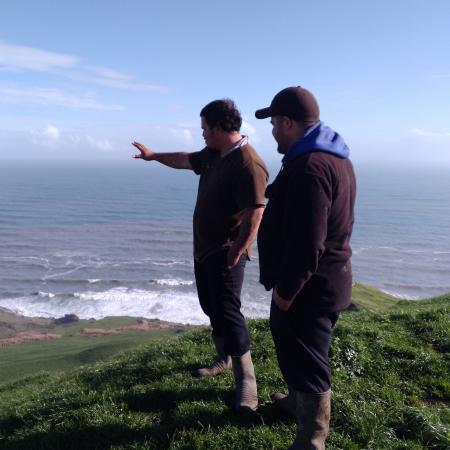
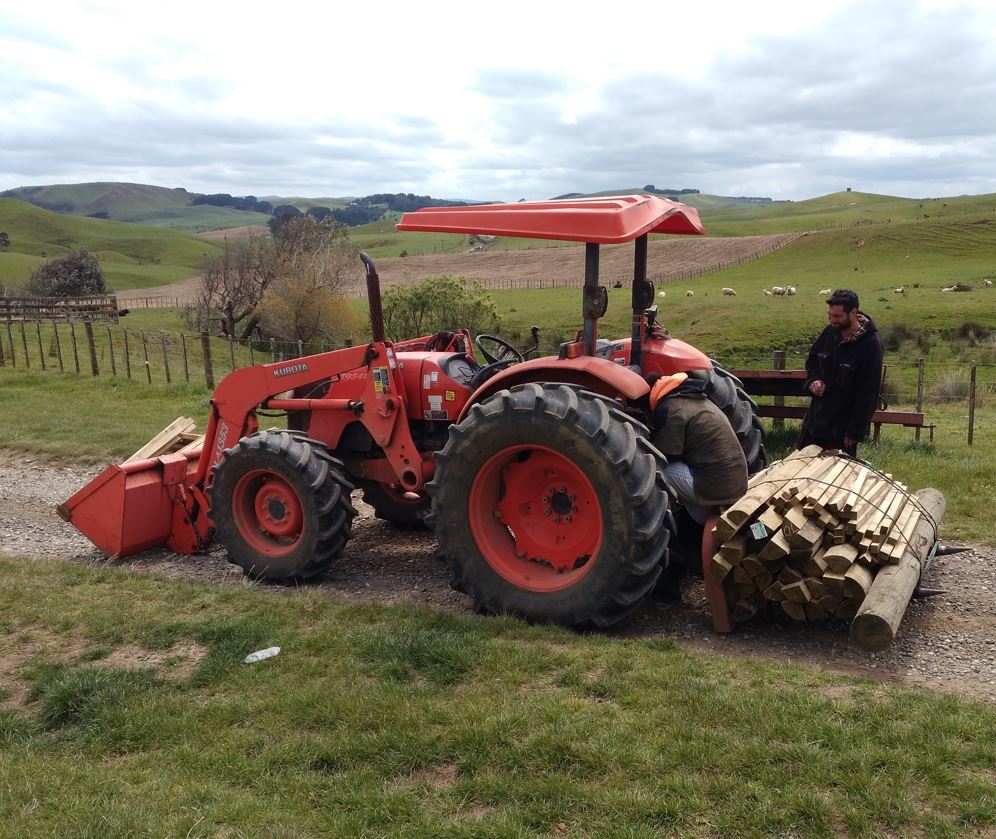
.JPG)
.JPG)
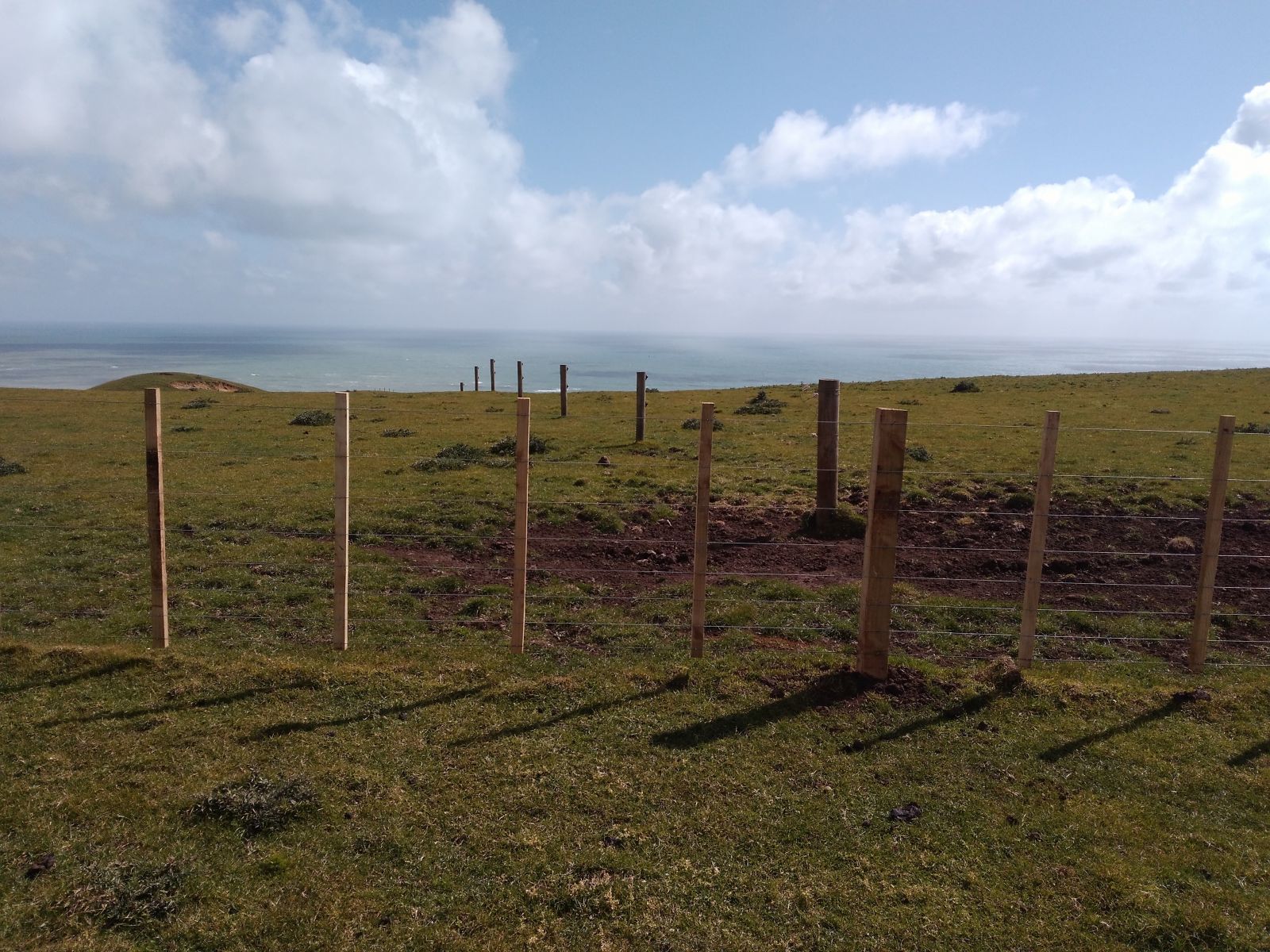
.jpg)
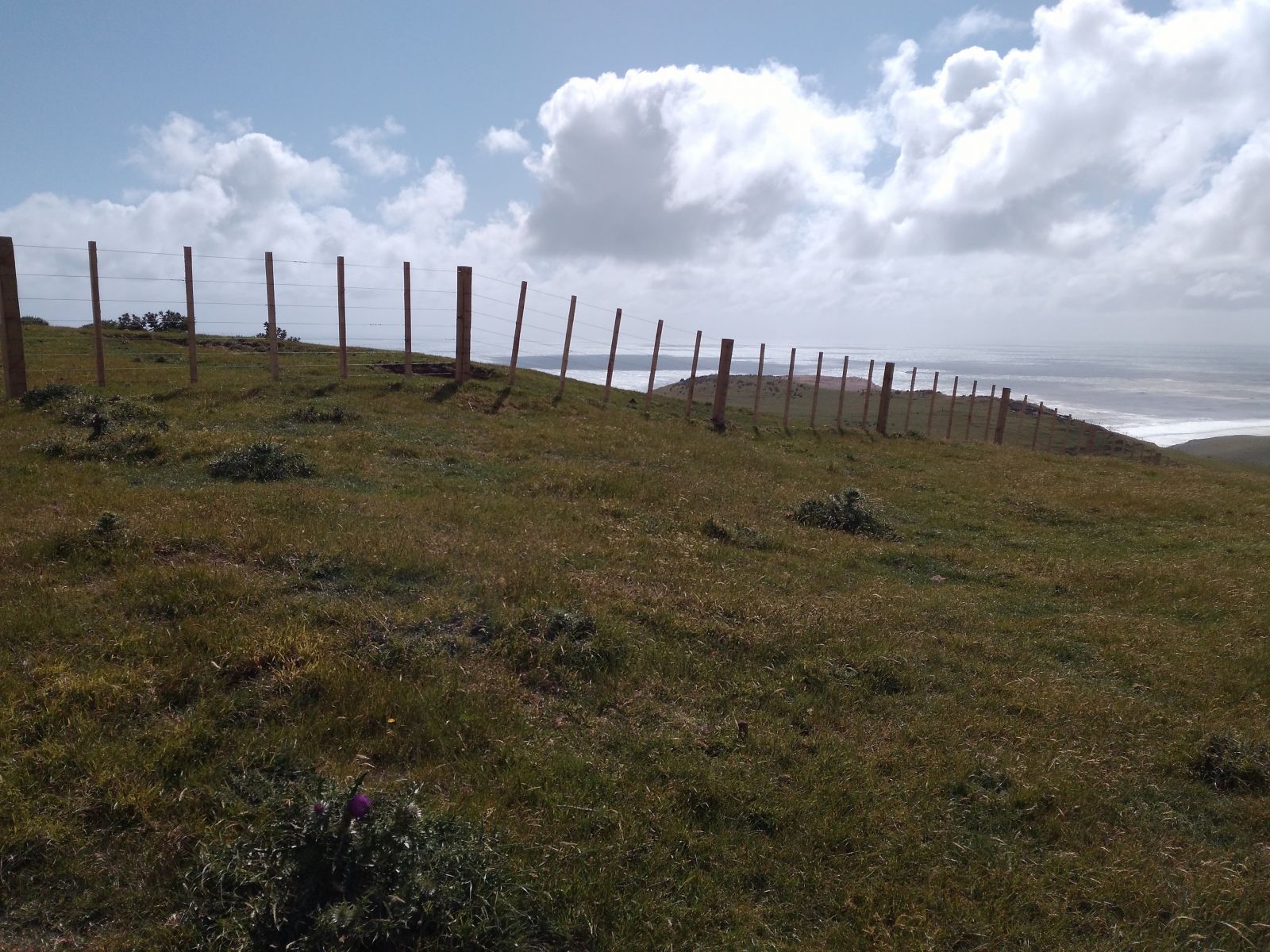
.jpg)
.jpg)
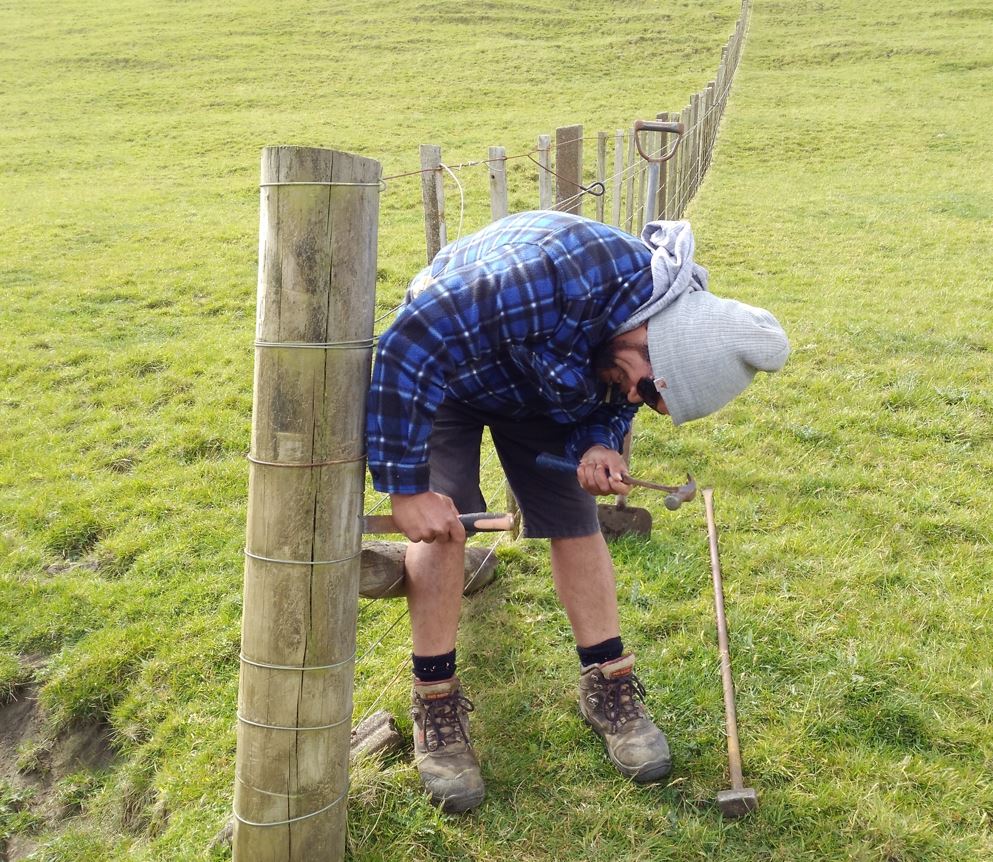
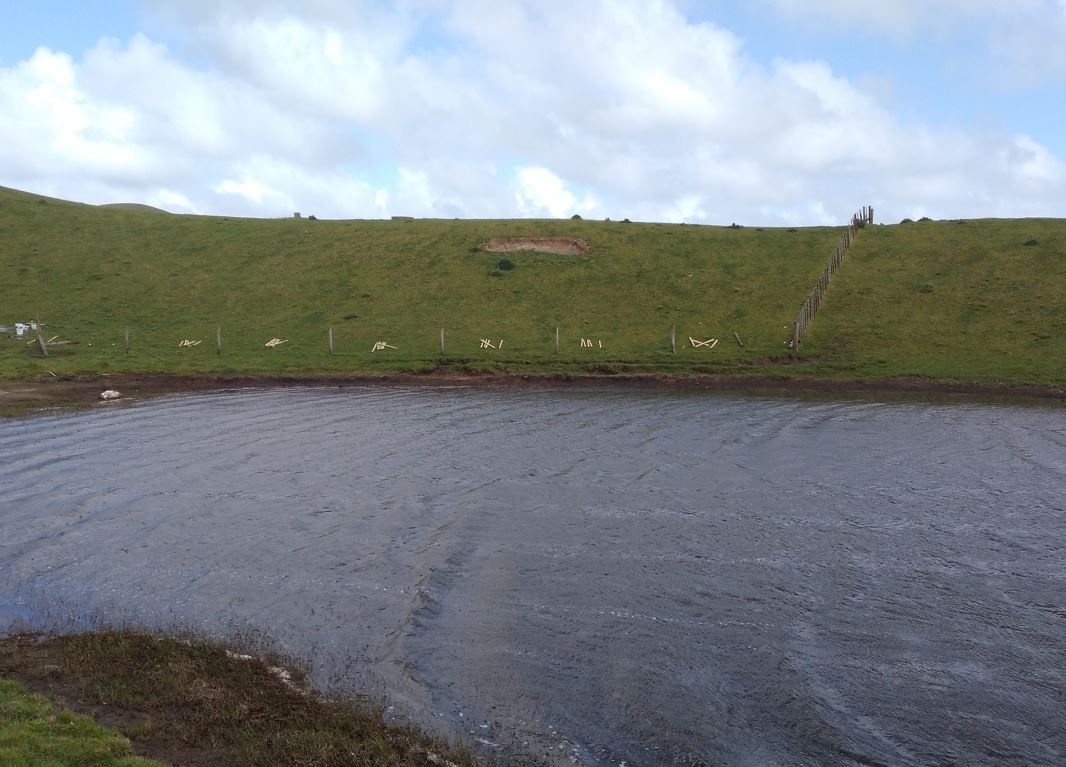
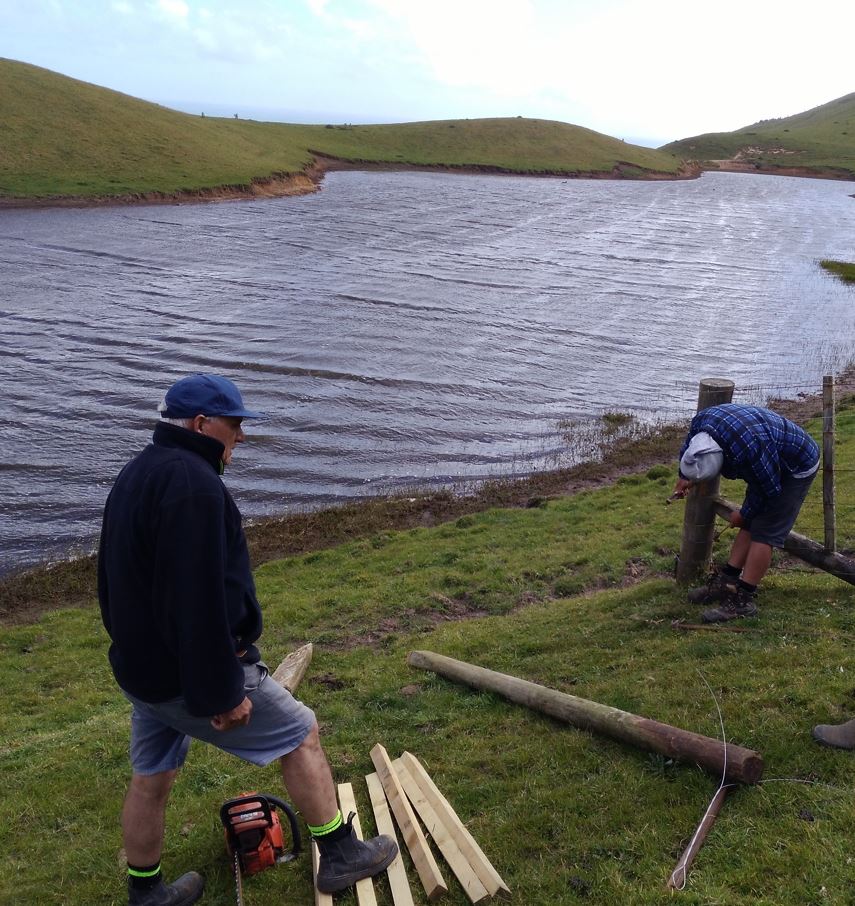
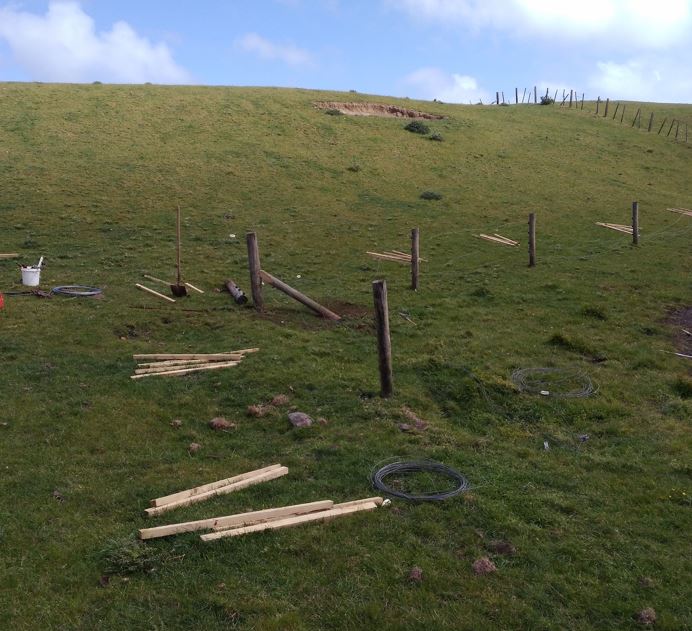
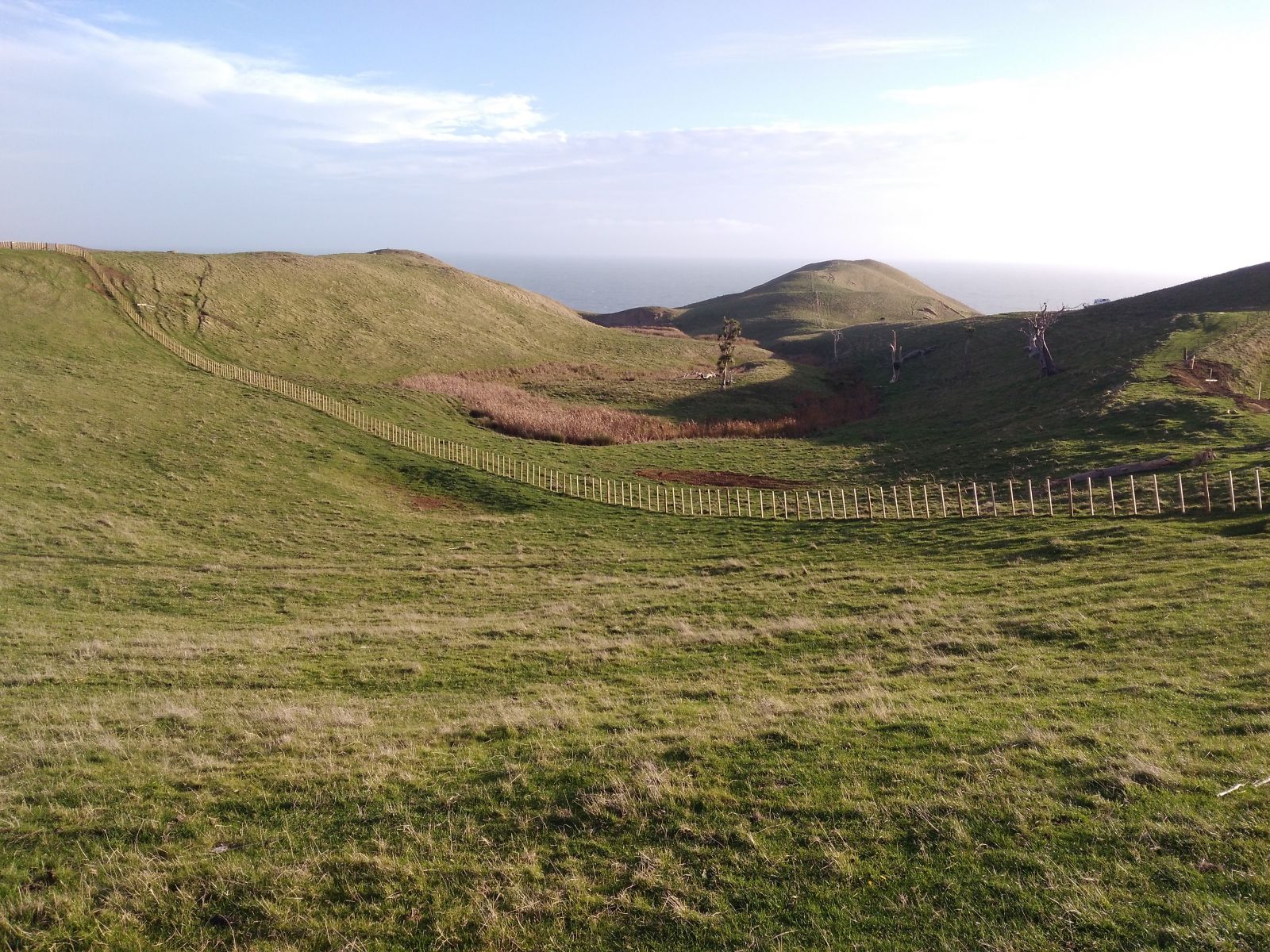
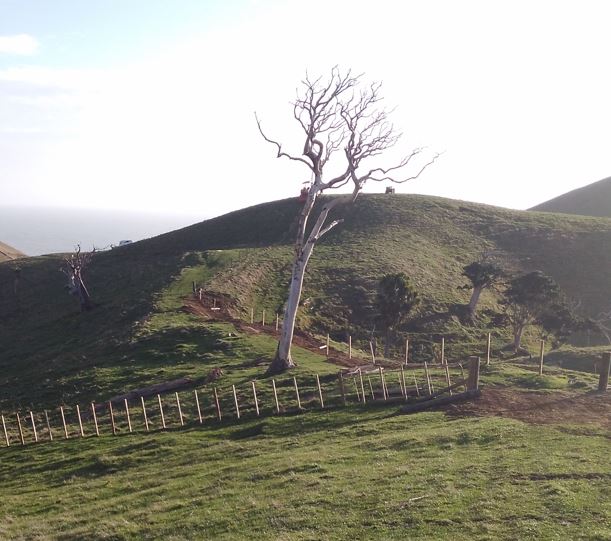
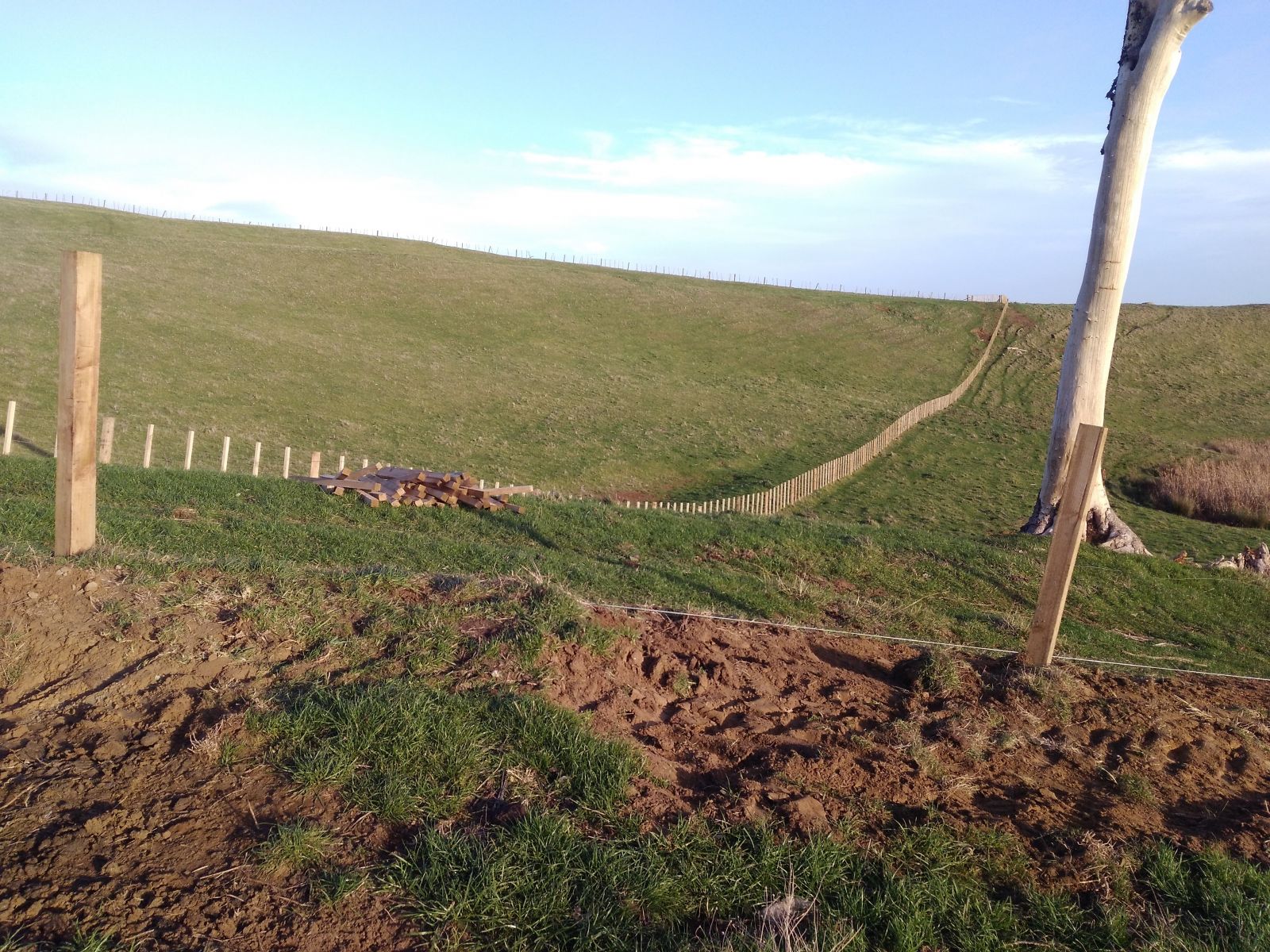
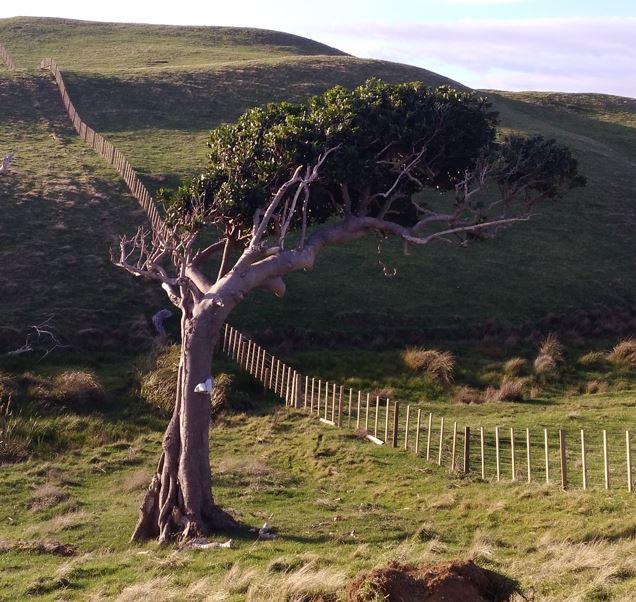

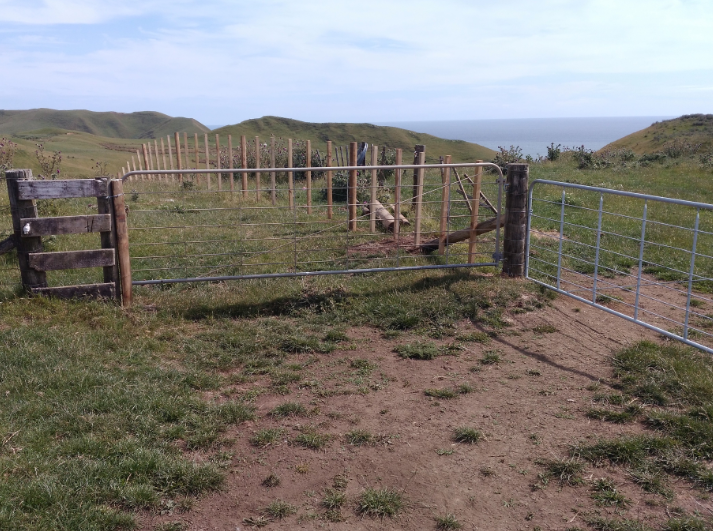
.PNG)
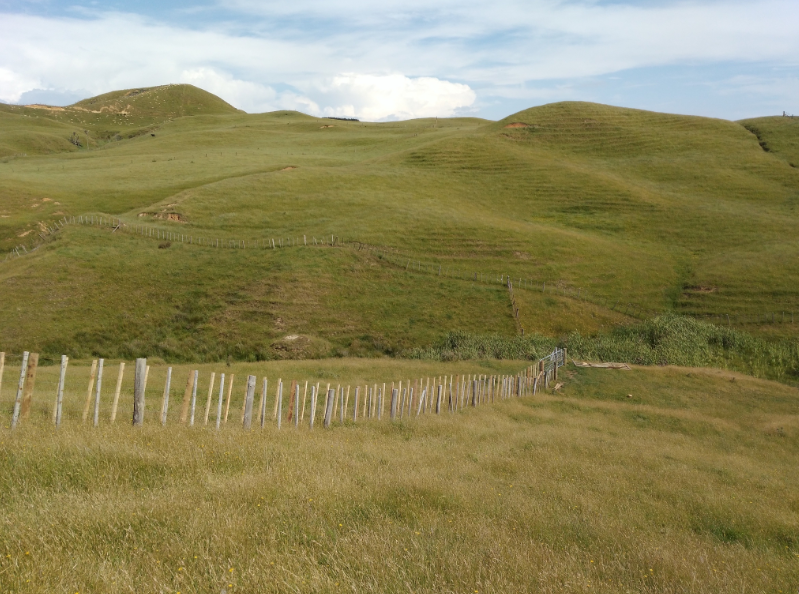
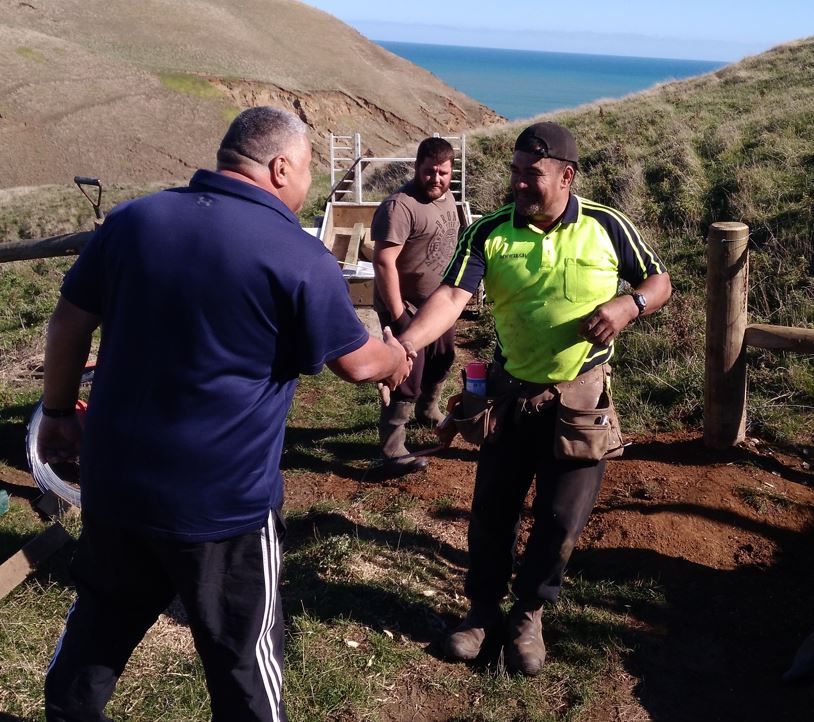
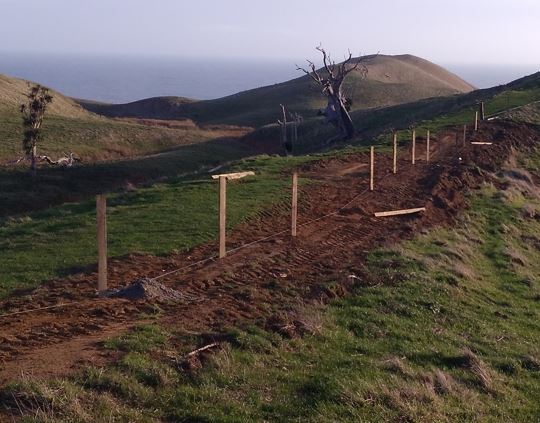
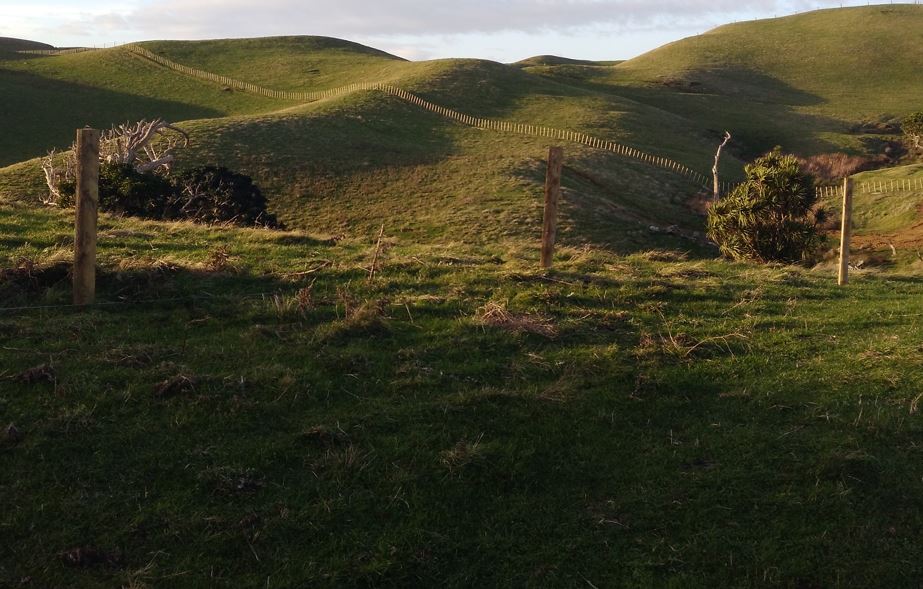
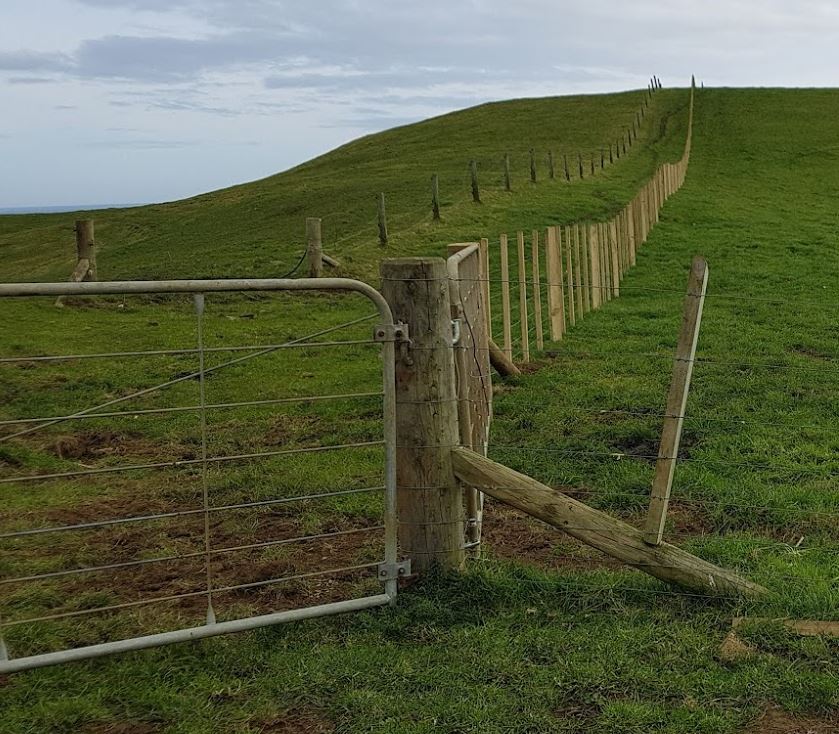
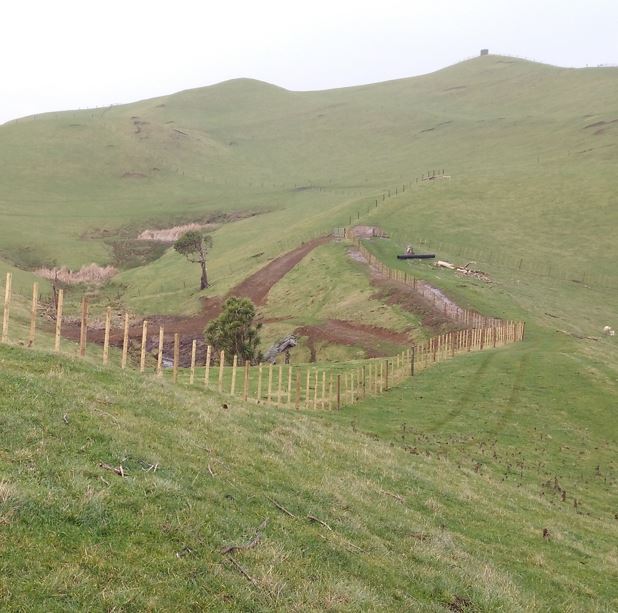
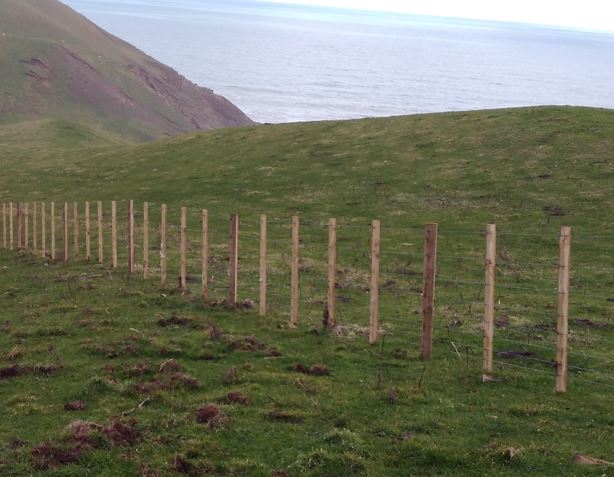
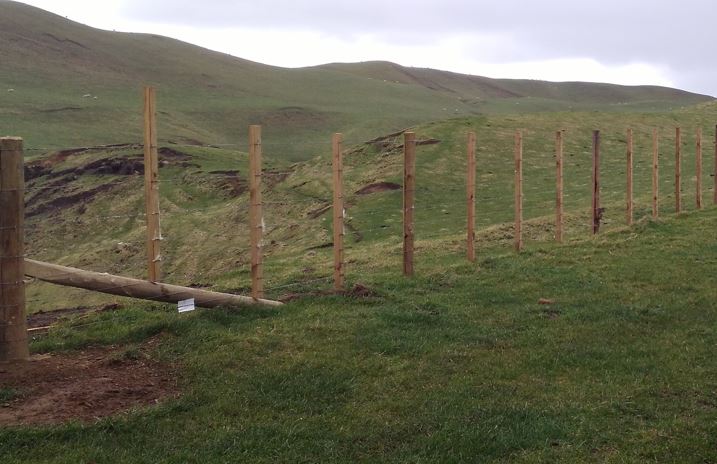
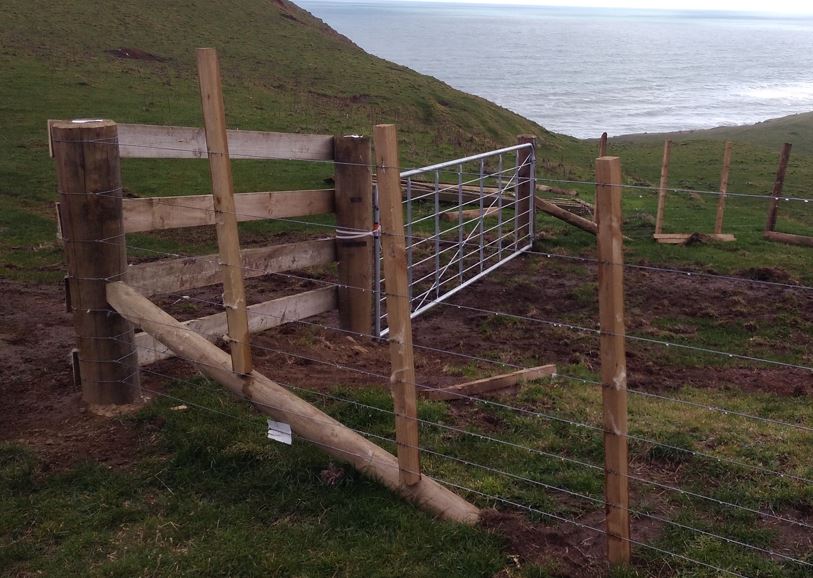
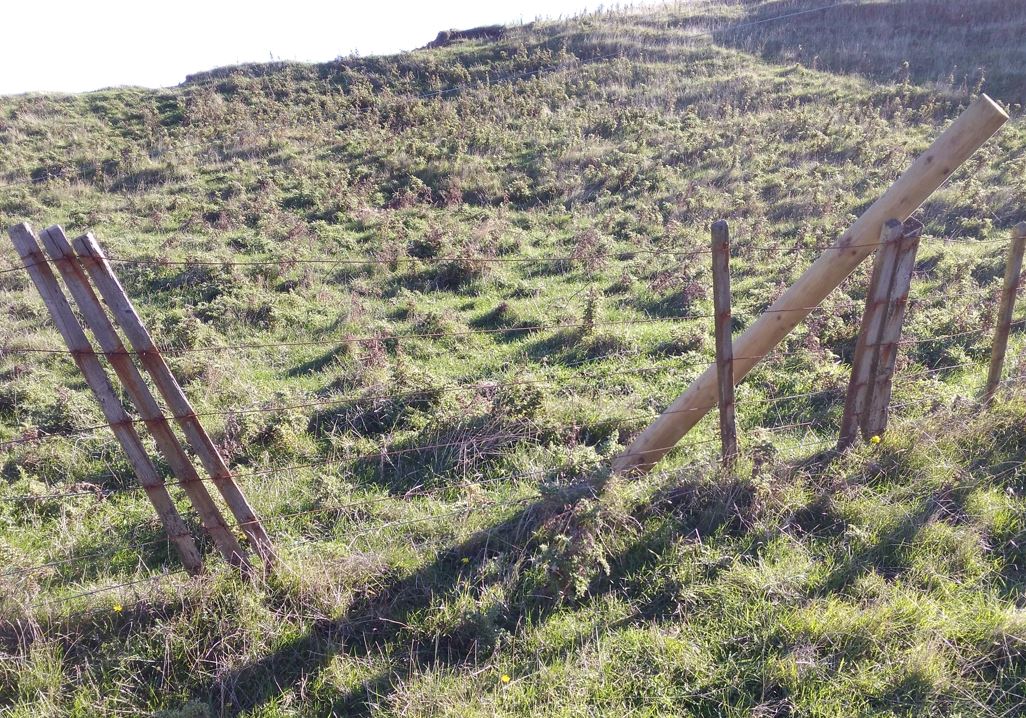
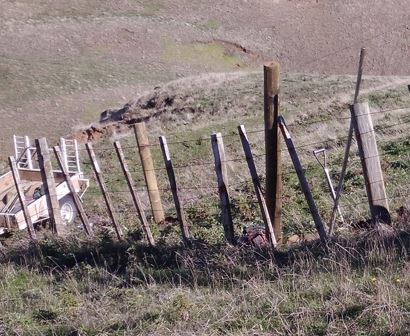
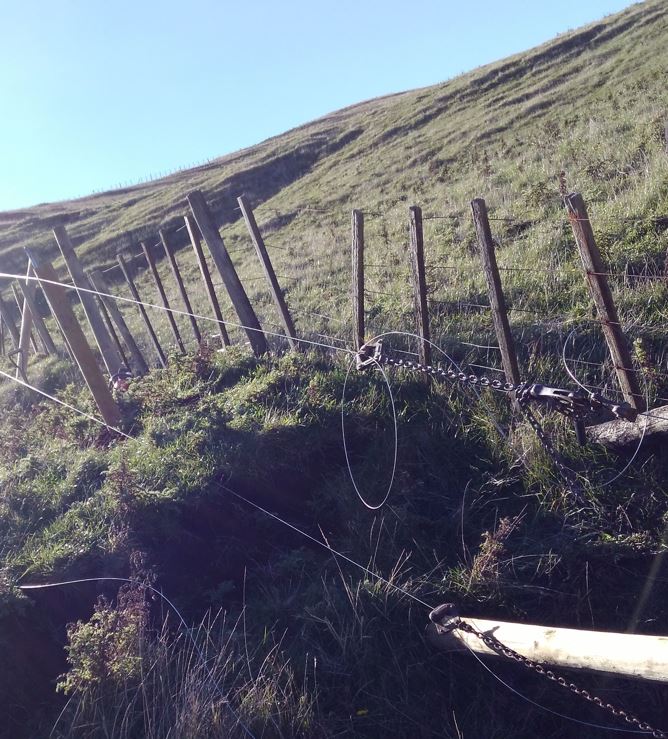
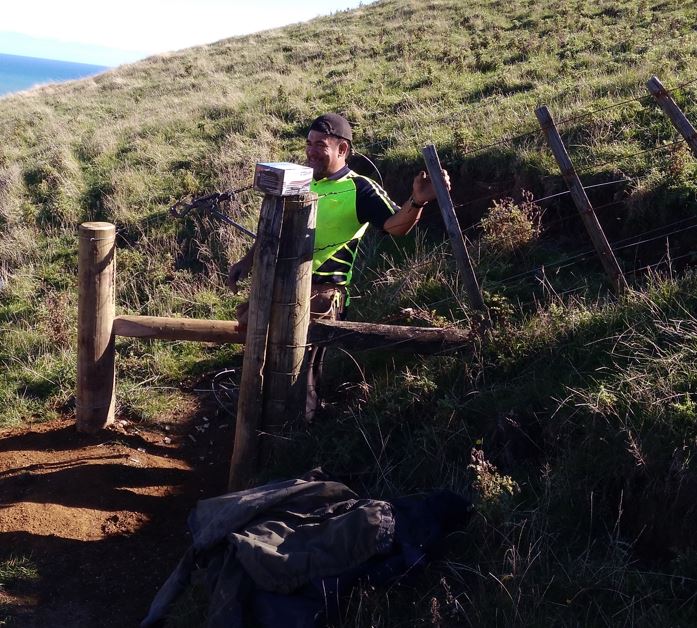
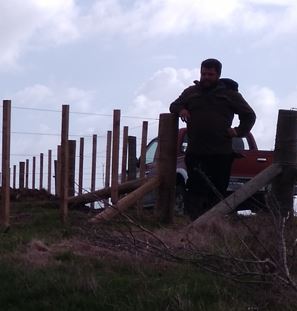
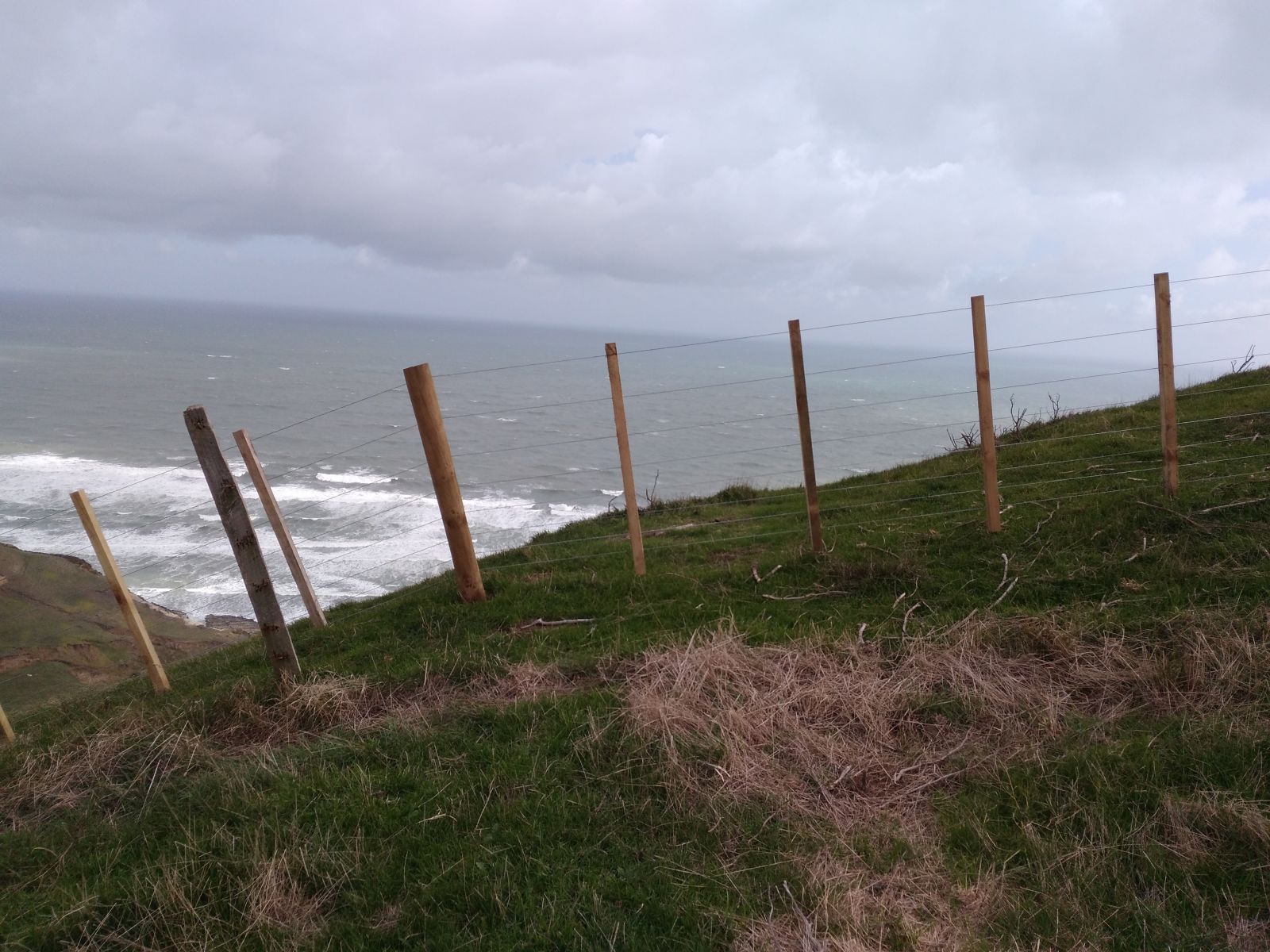
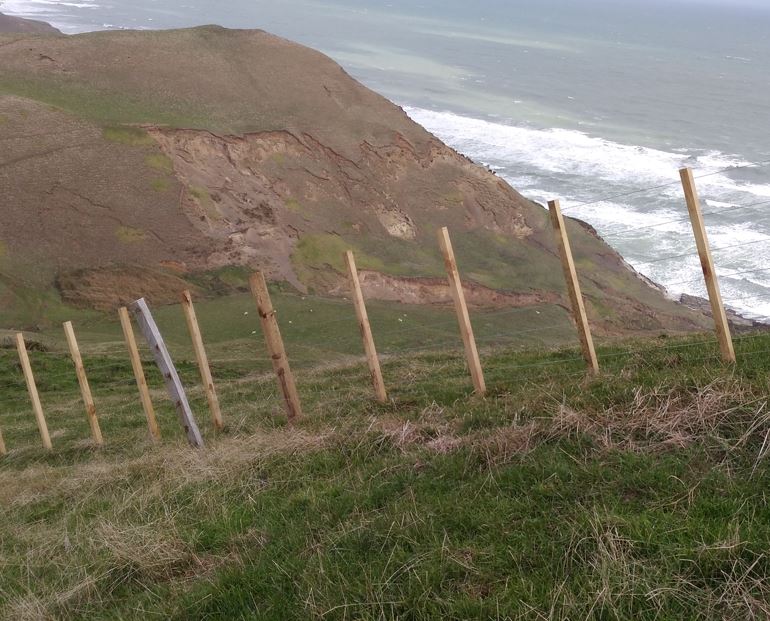
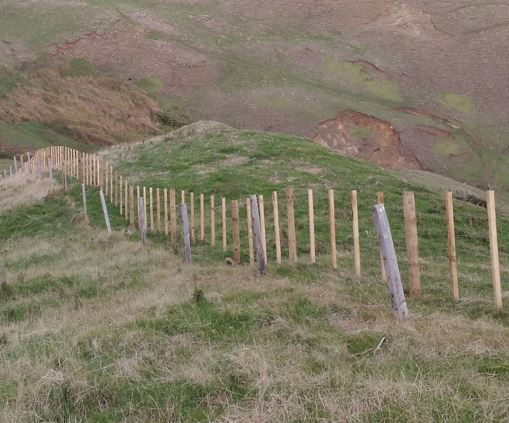
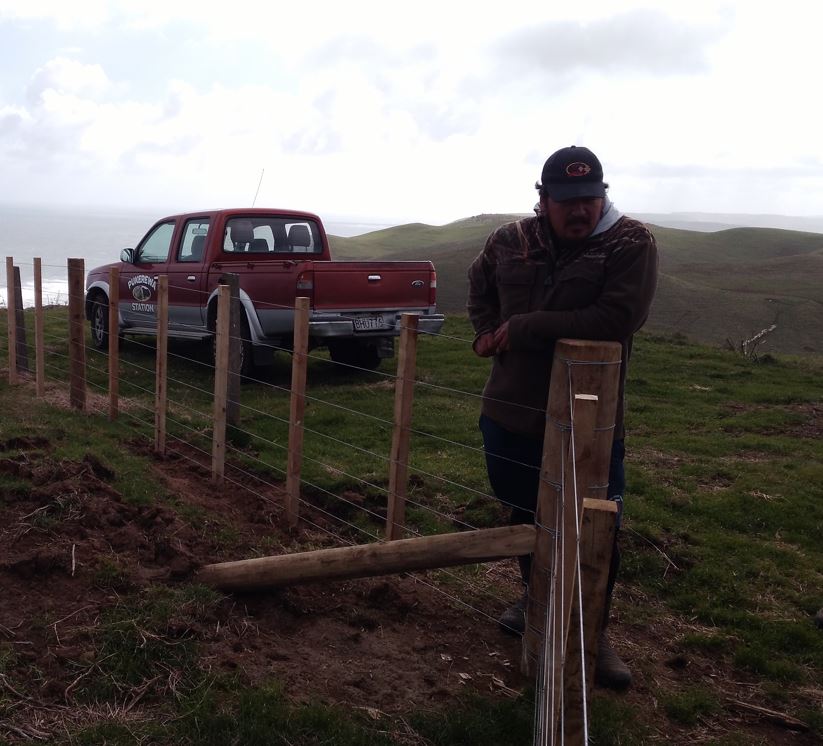
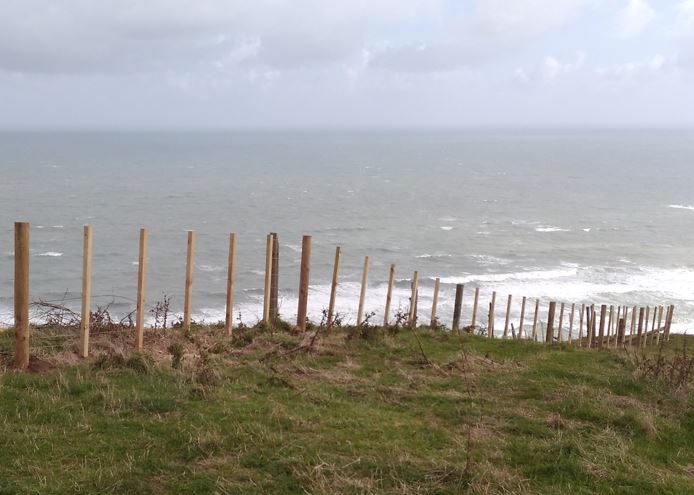
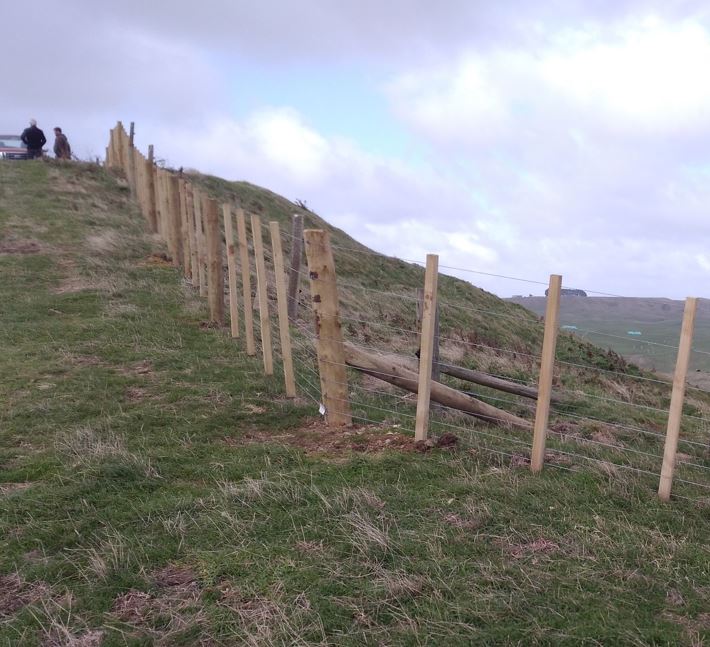
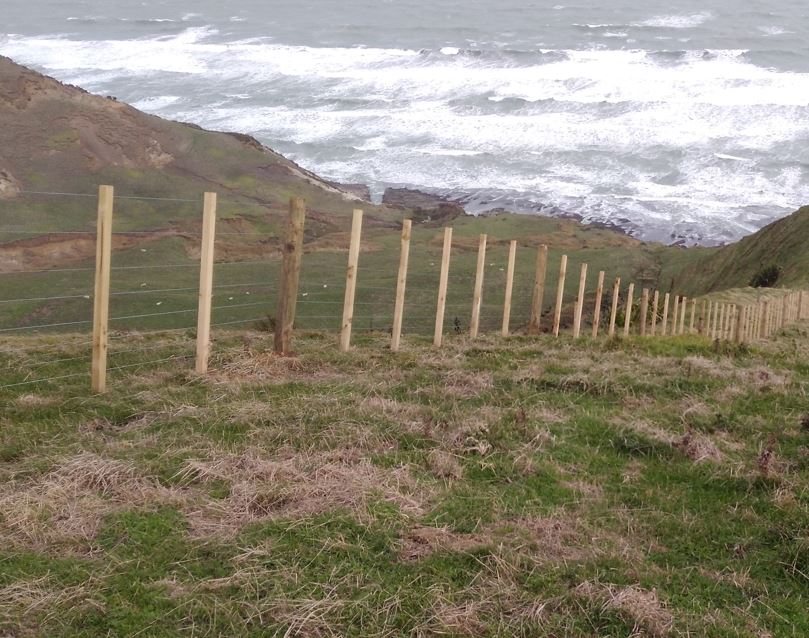
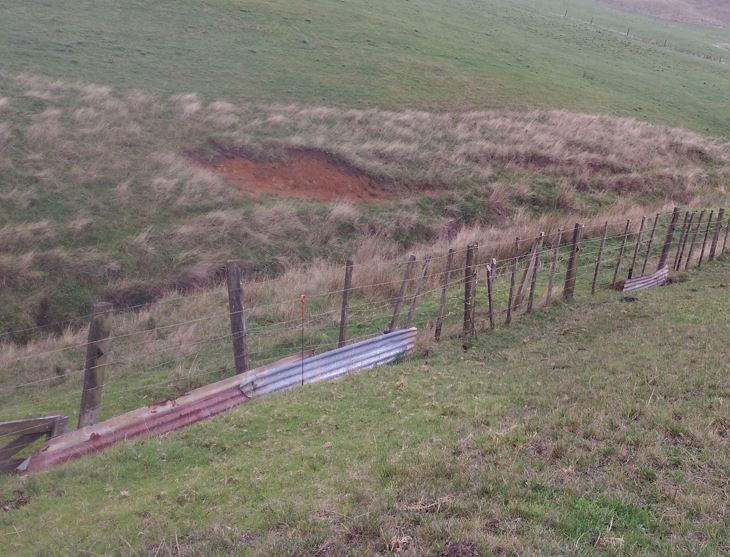
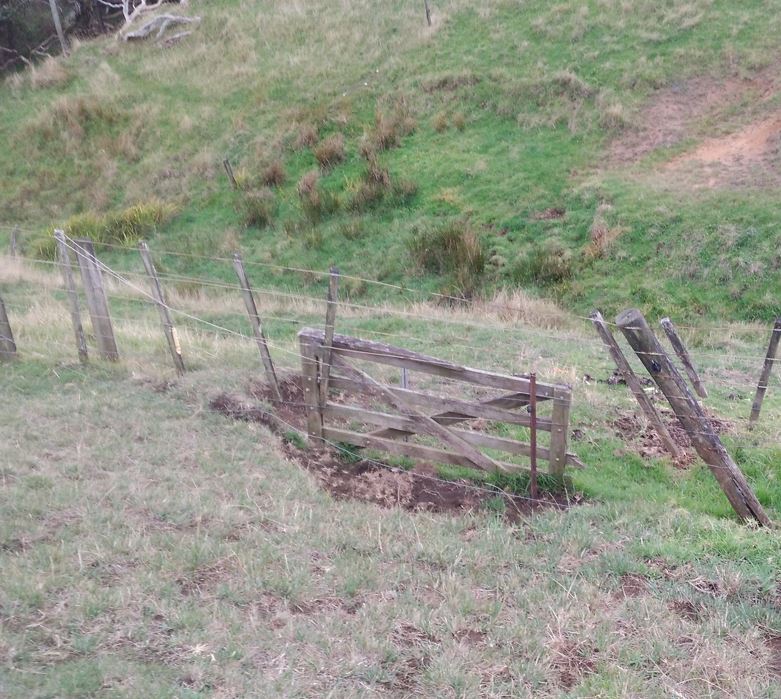
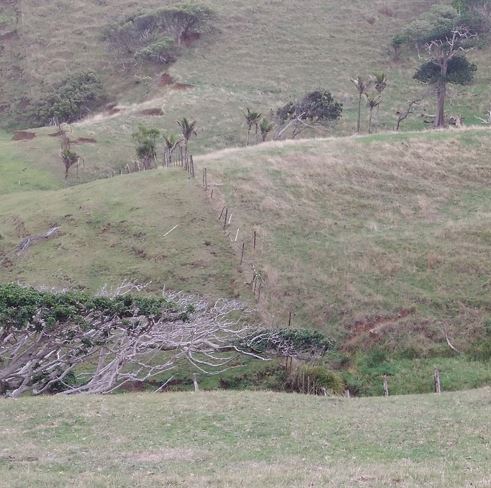
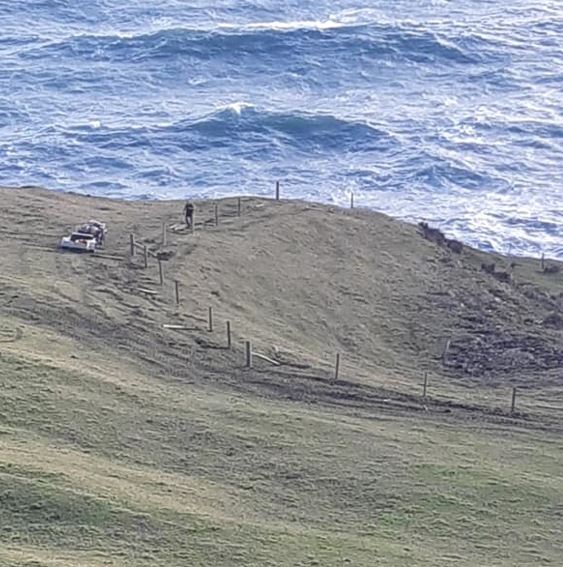
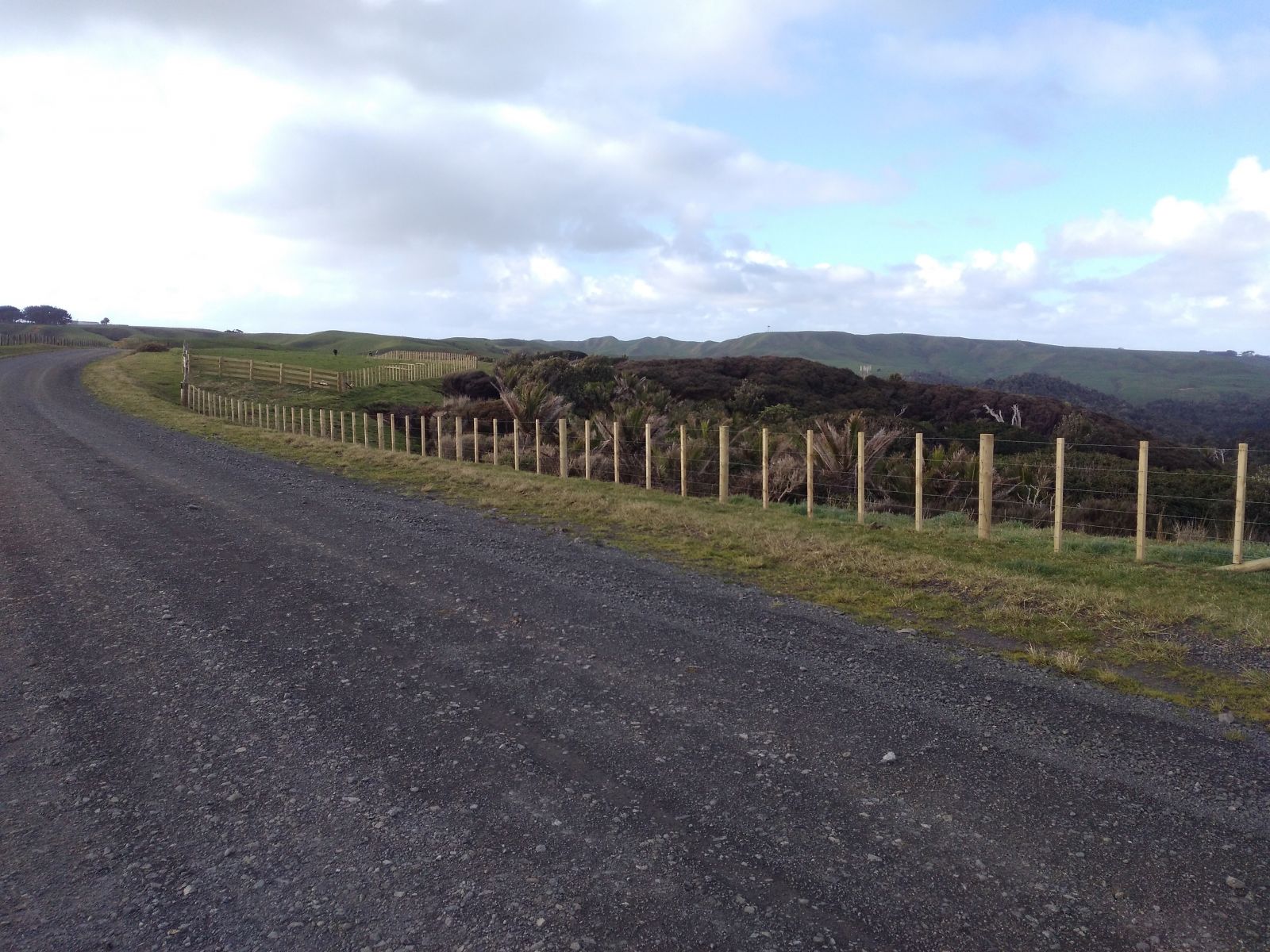
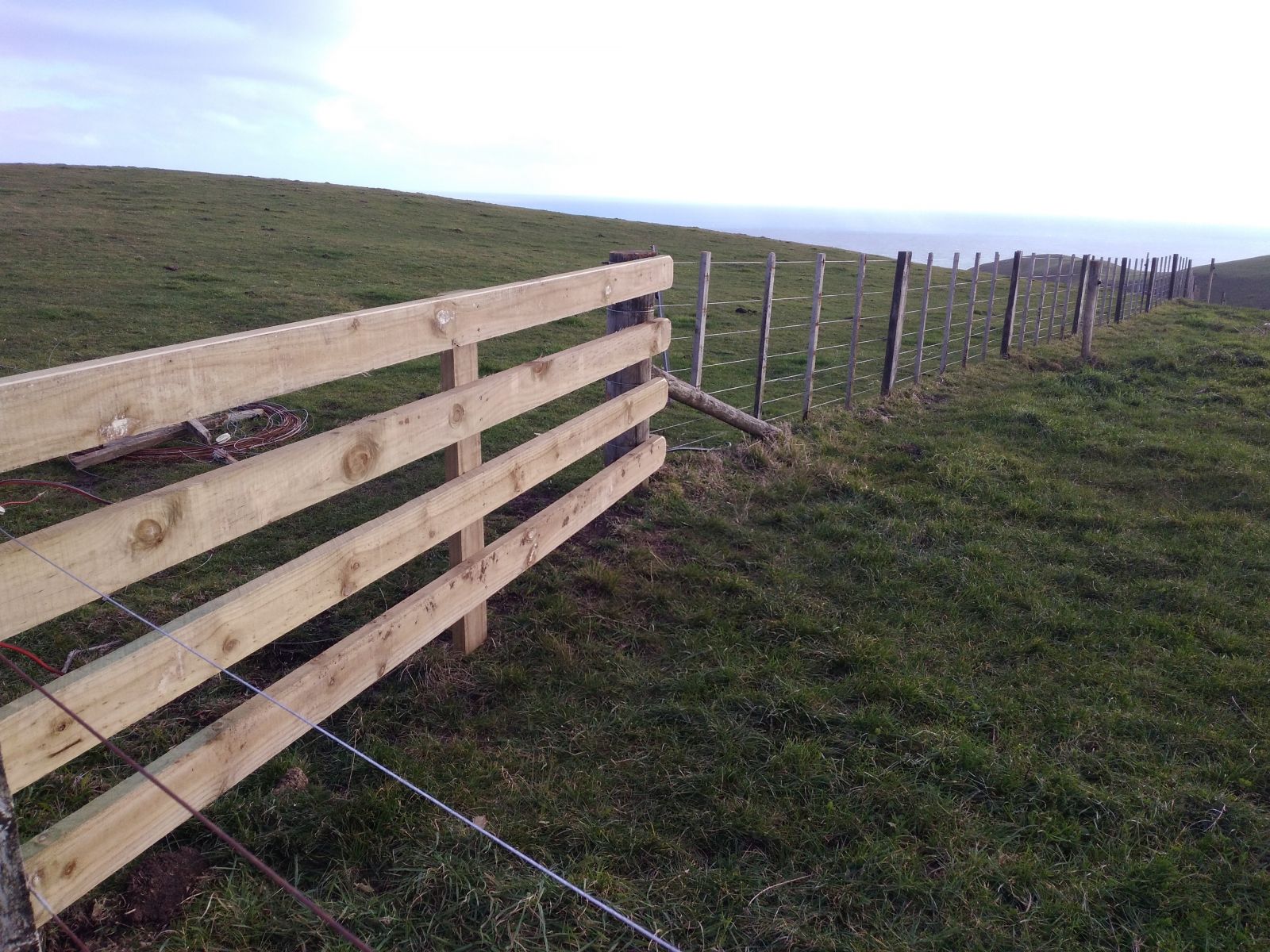
.jpg)
